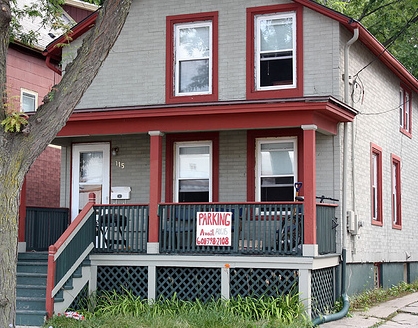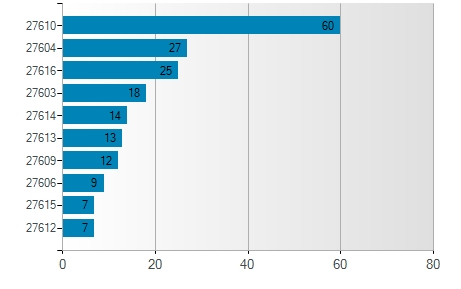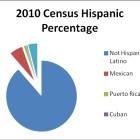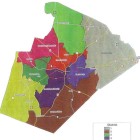The latest Census data show most of Raleigh’s veterans are more likely to be disabled and earn a higher median income than average.
Census
Census: Raleigh has Growing Households, Latino Population
|
The 2010 Census puts Raleigh among the nation’s fastest-growing cities. We break down which segments of the population are growing: Latinos and different types of households.
Census
Census Count Shuffles School Board Districts
|
Wake County’s huge population growth during the last decade posed a challenge for the law firm in charge of drawing a new districts map. The number of residents in the county flew from 627,846 in the year 2000 to 900,993 in 2010 — an increase of 43.5 percent. The U.S. Constitution requires redistricting every 10 years after the census. Districts within each governing body should be more or less equal with a 5-percent deviation up or down.
Census
Census Data Reveal Raleigh Growth and Population Shifts
|
As one of the nation’s fastest-growing cities, it is not surprising that 44 Raleigh census tracts grew by more than 20 percent. Most of the growth has been in the northwest part of the city, with other high-growth tracts in the northeast and southeast. Only two census tracts in the downtown area grew by more than 20 percent.
Photo by Suzie T.
Census
Raleigh’s Hispanic Population Surges
|
Anytime one of our city’s population groups grows by 137 percent is a time to sit up and take notice. That’s exactly what the 2010 Census results show has happened with Raleigh’s Hispanic or Latino population in the last decade.
The fact that Raleigh is growing quickly is not exactly news, but specific details about the people who make up that growth are now available from the 2010 Census.
Photo by abbyladybug





